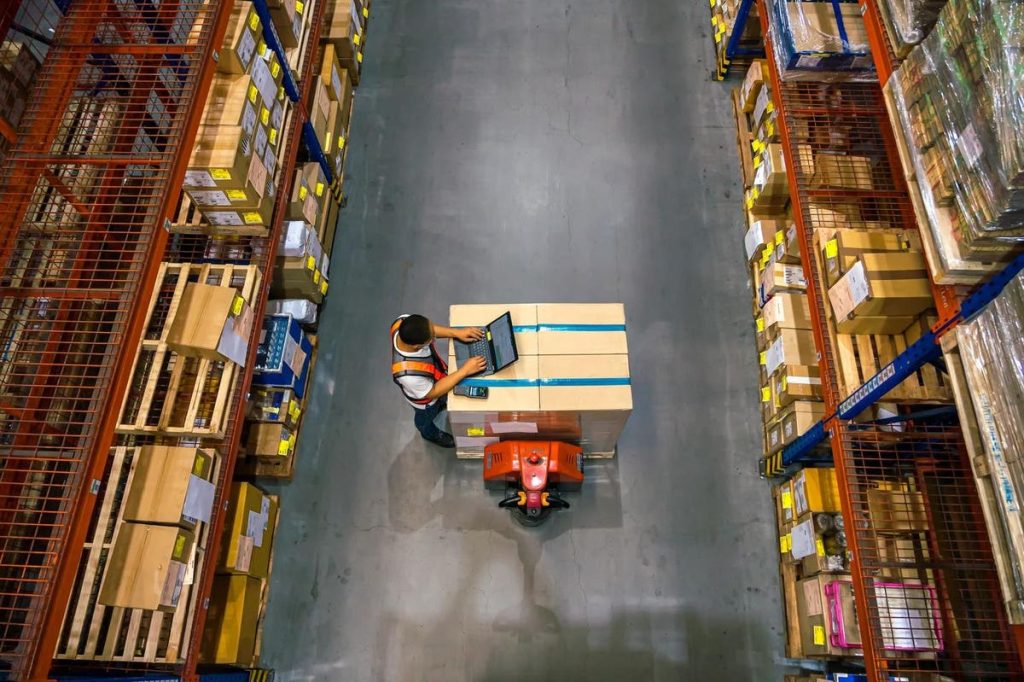CEO of Eric Javits, is an expert in digital transformation, leveraging years of experience in digital marketing.
Customers expect rapid and seamless delivery procedures in today’s fast-changing online shopping market. What makes up the core of this experience is the logistics of e-commerce. As digital marketplaces have adapted to consumers in recent years, so have the complex logistics behind each “add to cart” click.
The logistics of e-commerce, which was once restricted to courier delivery services, is now taking leaps. Technology advancements, such as drone delivery, local drop points and real-time tracking, are no longer figments of the imagination. These developments are fueled not only by technology advancements but also by shifting customer expectations and the massive magnitude of online shopping. Statista forecasts that global online sales will rise to $6.91 trillion in 2024.
This kind of growth requires logistical systems to become better, more rapid and more efficient.
Going Beyond Traditional Delivery With Advanced Logistics
Here are some recent trends in e-commerce logistics:
• Drone delivery: This is no longer a sci-fi fantasy; drones are providing deliveries to specific regions. They are expected to improve the speed of delivery, particularly for items that require timely drop-offs. For example, some items can be delivered within 30 minutes with drones.
• Local drop points: Instead of delivering packages to homes, some companies are offering clients the option to pick up their packages at drop points in their area, including kiosks for retail that provide safety and versatility.
• Real-time tracking: The days of dreading waiting for the delivery have ended. Through real-time tracking, customers can get live updates and plan their day around delivery.
• Green logistics: In a time when sustainability has become the mainstay of corporate strategies, logistics, too, is becoming more eco-friendly. From delivery vehicles that are electric and reusable containers, companies are seeking ways to cut down on the carbon footprint of their operations.
• Automated and localized warehousing: Robots and automation have flooded warehouses, assisting with storage capacity and speeding up the dispatching procedure. Additionally, a different and fascinating trend is the shift toward a more localized warehouse. Instead of massive warehouses centrally located, some firms are beginning to look at smaller local warehouses closer to dense hubs for customers. This strategy can help improve delivery times and permit an inventory more adaptable to local needs.
• Customized delivery choices: Customizing the purchase experience doesn’t just end when customers are done shopping. Offering regular, same-day and even “experience-based” deliveries (like surprise gifts wrapped in gift wrap) could enhance the customer’s after-purchase experience.
• Integrated systems for seamless logistics: Another significant advancement in logistics is the blending of processes. Businesses are not just focused on getting faster; they are also focusing on being more efficient. Tech platforms now incorporate order processing, inventory management and customer communication. The integration can help ensure that inventory levels are constantly updated and reduce the possibility of selling too much while ensuring that customers remain informed of their purchases.
• Rural e-commerce and logistics: One of the significant issues that has yet to be solved entirely is the streamlining of logistics in rural regions. Urban centers benefit most from the latest logistics technology because of their size and infrastructure. It’s important to make top-quality logistics solutions available to areas that are more remote and ensure that everyone, no matter where they live, can take part in this e-commerce revolution. Innovative options such as mobile collection points or making local companies miniature distribution centers lead the route.
Moving Forward
The process behind e-commerce is a hidden superhero, quietly changing to meet the needs of a society that demands more and more each new day. Businesses must be aware of these developments and understand that investing in these changes isn’t an option but a requirement. While the quality of a product is a factor in attracting customers, it’s often their experience with the business that keeps these customers.
Although technology and innovation have a hand in transforming the logistics of e-commerce, it’s also essential to focus on the human component. Behind each drone flight or automated warehouse, make sure you have an experienced team that ensures the operations run seamlessly. These professionals are responsible for resolving problems, ensuring safety standards are met while constantly seeking new ways to increase delivery efficiency.
On the other hand, consumers must also comprehend the intricacies involved in that “expected delivery” date. Understanding these advances could lead to better-informed decisions, including supporting businesses that focus on sustainable logistics and providing drop-off points in local areas for carbon-free delivery.
In the world of e-commerce, in which immediate gratification is often the norm, the complex logistical dance ensures consumers’ needs are fulfilled. The landscape is constantly changing. Be aware that the future of logistics for e-commerce doesn’t only revolve around getting a parcel; it’s about changing the whole shopping experience. Be mindful of it, adjust to it, and, most importantly, participate in its growth.
Forbes Business Council is the foremost growth and networking organization for business owners and leaders. Do I qualify?
Read the full article here










